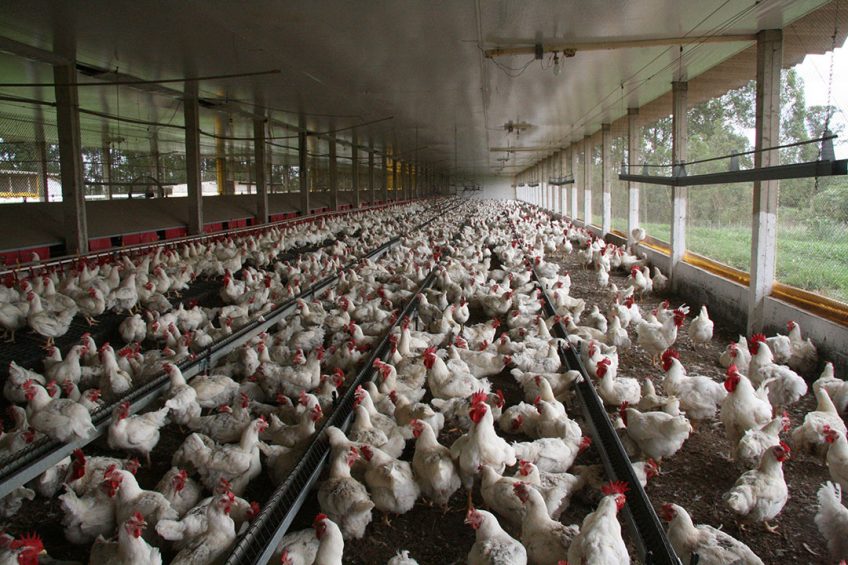Brazil’s poultry sector barely affected by Covid-19

The Cepea´s study about the coronavirus impact on Brazilian agribusiness concludes that the poultry sector is barely affected, meeting projections in trade and jobs. The Centre for Advanced Studies in Applied Economics belongs to Esalq-USP (University of São Paulo).
According to the report, all animal protein products show positive numbers during February and March. Chicken meat exports were still booming while eggs achieved new historical price highs since 2013.
The main reasons are that poultry meat, as well pork meat and beef, are in high demand on both domestic and global markets. Brazilians consumers have increased their consumption during the pandemic. Likewise, African Swine Fever (ASF) is still quite active in China and Europe and a new bird flu outbreak was recorded in the China in February. Importers flocked to Brazil as a relevant supplier.
In 2019 the primary sector (farms) were responsible for 22% of the Brazilian agribusiness GDP (13% agriculture and 9% livestock); agroindustry 30%; agriservices (logistics, commerce, warehousing) 43% and inputs 5%. Midst livestock, beef represented 39%, poultry 11%, laying 13%, swine 11%, milk 19% and fisheries 7%.

Also interesting:
Egypt approves market access for Brazil
Regarding the labour market, the primary segment has a much greater weight than it represents in GDP, accounting for 45% of all 18.2 million employed in agribusiness in 2019.
On farms, agriculture represented 63% of the employed, livestock accounting for, 37%. Thus, animal production employed 3 million in 2019, 69% worked with cattle, 8% with poultry, 4% with swine, 14% with fishing and aquaculture and 6% with other animals. In terms of production value, pigs and poultry have a greater weight in the generation of GDP (11% and 24%) than in the generation of jobs and. On the contrary, there is evidence that milk production is more representative in terms of job creation.

Also interesting:
Brazilian producers:”Agricultural production cannot stop”
Forecast
The document previews a “positive outlook” on Brazilian agribusiness GDP in 2020, especially for livestock (with exception of dairy). There will be a great disparity with Brazilian economy in general, whose performance projections worsen day by day. The main factor for that are a devaluated exchange rate supporting exports, good prospects for prices and production for meat processors and low “elasticity-rent” of essential food products. On the flip side of this coin, many sectors have bad projections. Among them, horticulture, floriculture, milk production and dairy industry, furniture and related industries clothing (textiles, clothing and leather and footwear).

Covid-19 Up-date
What impact is the pandemic having on the global poultry sector and how are they dealing with it.












